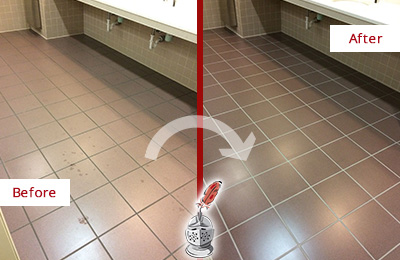Bathroom Water Damage - Ways To Stop This Happening
Bathroom Water Damage - Ways To Stop This Happening
Blog Article
Listed here down the page you will discover a good deal of exceptional points about How to Repair and Prevent Bathroom Water Damage.

The restroom is exceptionally at risk for moist build-up as well as possible water damages as a result of the frequent use of water in it. This post supplies simple assessment methods to assist finding water damages threats.
The frequent use water in the bathroom makes it incredibly prone for wet buildup and potential water damage. By examining it frequently, you can minimize water relevant problems.
The following collection of examinations is very easy to perform and ought to be done when in every 3 months in order to keep your restroom in good shape as well as to avoid prospective water problems caused by the tub, the shower, pipe joints as well as plumbing, sinks, cupboards, as well as the bathroom
Do not disregard carrying out these assessments as well as be complete while doing them. Bear in mind that these easy examinations can conserve you a great deal of cash by supplying early indicators for water damage
Bathtub and Shower
The shower and bathtub require unique focus and maintenance. Check the tiles and also change if split. Make certain that there is no missing out on grout between the tiles. Inspect and also change broken caulking at joints where the walls meet the flooring or the tub. Blocked drains and pipelines troubles will certainly avoid the bathtub from drying out as well as might show severe issues beneath the bath tub. Seek advice from an expert right away to prevent architectural damage. Take note of stainings or soft locations around the bath tub wall surfaces as they may indicate an inner leak.
Plumbing
Signs for water damage are tough to find considering that most pipelines are set up inside the walls.
Pay unique attention to floor covering as well as wall surfaces wetness and discolorations as they might indicate an unseen plumbing issue. Check dampness levels in adjacent rooms too.
Sinks and Cabinets
Sinks and also cupboards are exposed to dampness and moisture day-to-day as well as are often forgotten. Examine regularly under the sink as well as on the counter top above it. Fix any drip in the catch as it may recommend drain issues. Look around the sink, sluggish draining pipelines may show a blocked drain. Change sink seals if they are broken or loosened.
The Toilet
The bathroom is a vulnerable water joint. Inspect the water lines and search for leakages around the toilet seat, in the tube, and under the water tank. If you find any kind of signs of wetness on the floor around the bathroom, look for leakages in the toilet rim as well as container seals.
Be aware that hanging bathroom dish antiperspirants increases the possibilities for obstructions.
TIPS TO PREVENT WATER DAMAGE IN THE BATHROOM
The average household uses approximately 80-100 gallons of water per person per day. For a family of 4, that's almost 2,500 gallons of water a week! The largest portion of this consumption comes from bathroom use. Flushing the toilet uses the most water, followed by taking a shower or bath. With that much water running through the home, water damage in the bathroom is bound to happen. Knowing how to spot signs of a water leak is essential to preventing long-term damage. This guide provides you with tips to reduce the impact of water damage on your bathroom.
CAUSES OF BATHROOM WATER DAMAGE
Pipe breaks are the most common cause of water damage we see in our daily jobs. The age of a pipe plays a large role in a pipe break as well as corrosion. Over time, the metal begins to break down, allowing water to escape. Frozen pipe breaks are also a concern in the winter months. Toilet overflows caused by paper products or children flushing inappropriate items. Degraded caulking around the toilet or bathtub can allow water seepage, sometimes behind the fixture, into the subfloor or walls. Condensation forms when the water in a pipe is cooler than the air temperature. Beads of water form on the exterior of the pipes, sometimes so much so that the water begins to drip and pool below. Sink or shower backups created by poor drainage. HOW TO PREVENT WATER DAMAGE IN YOUR BATHROOM
Inspect your toilet supply line for worn or frayed hoses and replace them as needed. Winterize your plumbing to prevent a frozen pipe break. Use vent fans to prevent condensation that can lead to mold growth. Routinely check and replace degraded caulking around your toilet or bathtub. Increase the temperature in your toilet tank and insulate your pipes during the warm summer months to keep condensation from forming. Use child safety locks on the toilets. Flush only toilet paper. "Flushable" wet wipes are actually not good for your plumbing system. Additionally, feminine hygiene products should not be flushed. Prevent water from escaping the tub or shower. Make sure shower curtains are in good condition. Inspect shower doors and replace the seal strip if necessary. Wipe up any water that accumulates on the floor and use bath mats. Water left to sit can cause damage to the tiles and flooring. Refrain from using bath products containing heavy oils to avoid a clogged drain.

As an enthusiastic reader about How to Fix a Water Damage Bathroom, I was thinking sharing that blog post was really helpful. In case you enjoyed reading our page please be sure to pass it around. Thank you for taking the time to read it.
Free Estimates Report this page